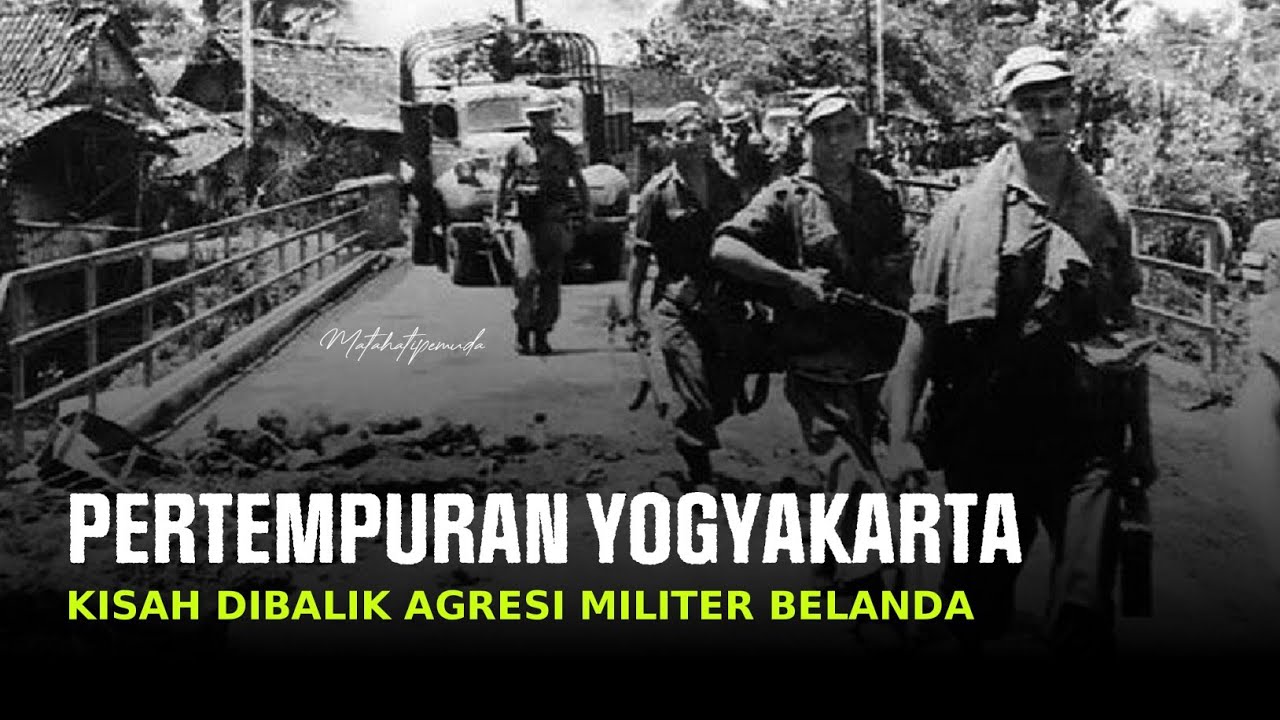Golpe de estado 1936
Summary
TLDRThe military rebellion led by General Mola begins on July 17th in Melilla, and by July 18th, General Franco joins the uprising in the Canary Islands. Despite early successes in several regions, including the fall of Andalusian capitals, resistance grows, especially in Madrid and Barcelona. Workers' unions, particularly the CNT in Catalonia, arm themselves and fight back against the rebels. The Nationalists, led by Mola and Franco, face setbacks, including the death of General Sanjurjo. After a few days, the country is divided, and the conflict evolves into a prolonged civil war as the rebellion fails to quickly overthrow the government.
Takeaways
- 😀 The military rebellion led by General Mola began on July 17 in Melilla, and on July 18, General Franco joined the uprising in the Canary Islands.
- 😀 Franco was one of the last generals to join the coup and took control of Moroccan troops after the uprising spread.
- 😀 The first city to fall to the rebels was Seville, followed by the rapid fall of other Andalusian capitals.
- 😀 The news of the uprising's success in various provinces reached Madrid on the afternoon of July 18, sparking widespread alarm.
- 😀 In Barcelona, the CNT anarchist union, strong in Catalonia, mobilized to confront the rebel forces, successfully suppressing the coup there.
- 😀 In Madrid, armed workers stormed the Montaña barracks, where rebel military forces were holed up, securing a victory after heavy fighting.
- 😀 In Pamplona, General Mola's uprising gained strong support from the Carlists, leading to a successful rebellion in the region.
- 😀 The rebels also captured major cities in Castile and Galicia, marking significant territorial gains.
- 😀 An airplane carrying General Sanjurjo, intended to join the coup, crashed on takeoff, leading to the loss of one of the coup's leaders.
- 😀 After the initial days of fighting, the rebels controlled only about one-third of Spain, while Madrid and the industrial cities opposed the uprising, leading to the failure of the coup.
- 😀 Mola and Franco recognized that only through a prolonged war of conquest could they secure victory, signaling the beginning of the Spanish Civil War.
Q & A
What event triggered the Spanish Civil War?
-The Spanish Civil War was triggered by a military rebellion led by General Mola, which began on July 17, 1936, in Melilla.
What role did General Francisco Franco play in the rebellion?
-General Franco joined the rebellion on July 18, 1936, in the Canary Islands. He then flew to Tétouan to take command of the Moroccan troops after leaving the control of Las Palmas in the hands of the insurgents.
How did the rebellion spread across Spain?
-The rebellion quickly spread, with the first city to fall being Seville. Subsequently, other Andalusian cities followed, and many regions, including Galicia and Castilla, fell into the hands of the rebels.
What was the response of the workers' unions in Madrid and Barcelona?
-In Madrid, armed workers stormed the Montaña barracks, where the rebel military had taken refuge, and managed to defeat them after a bloody battle. In Barcelona, anarchist CNT members, who were already preparing for a potential right-wing uprising, took to the streets and successfully subdued the rebels.
What significant event occurred in Pamplona during the rebellion?
-In Pamplona, General Mola successfully led the rebellion, receiving strong support from the Carlists, who joined the uprising in large numbers.
What happened to General Sanjurjo, who was supposed to join the rebellion?
-General Sanjurjo, who was supposed to join the coup from Lisbon, tragically died when the plane bringing him to Spain crashed during takeoff.
How much of Spain did the rebels control in the initial days of the rebellion?
-In the early days, the rebels controlled only about a third of the country, with Madrid and industrial cities like Barcelona strongly opposing the uprising.
Why did the rebellion fail initially?
-The rebellion failed initially because the workers and urban populations, especially in Madrid and industrial cities, resisted the insurgents. This opposition resulted in the failure of the initial coup attempt.
What strategy did the rebels adopt after the initial failure?
-After the initial failure, the generals, Mola and Franco, realized that a prolonged war of conquest would be necessary to achieve victory, marking the beginning of the Spanish Civil War.
How did the workers' movements in Barcelona and Madrid affect the outcome of the rebellion?
-The workers' movements in Barcelona and Madrid played a critical role in thwarting the rebellion. In Barcelona, anarchist CNT members subdued the rebels, while in Madrid, armed workers successfully attacked the rebel stronghold at the Montaña barracks.
Outlines

This section is available to paid users only. Please upgrade to access this part.
Upgrade NowMindmap

This section is available to paid users only. Please upgrade to access this part.
Upgrade NowKeywords

This section is available to paid users only. Please upgrade to access this part.
Upgrade NowHighlights

This section is available to paid users only. Please upgrade to access this part.
Upgrade NowTranscripts

This section is available to paid users only. Please upgrade to access this part.
Upgrade Now5.0 / 5 (0 votes)





